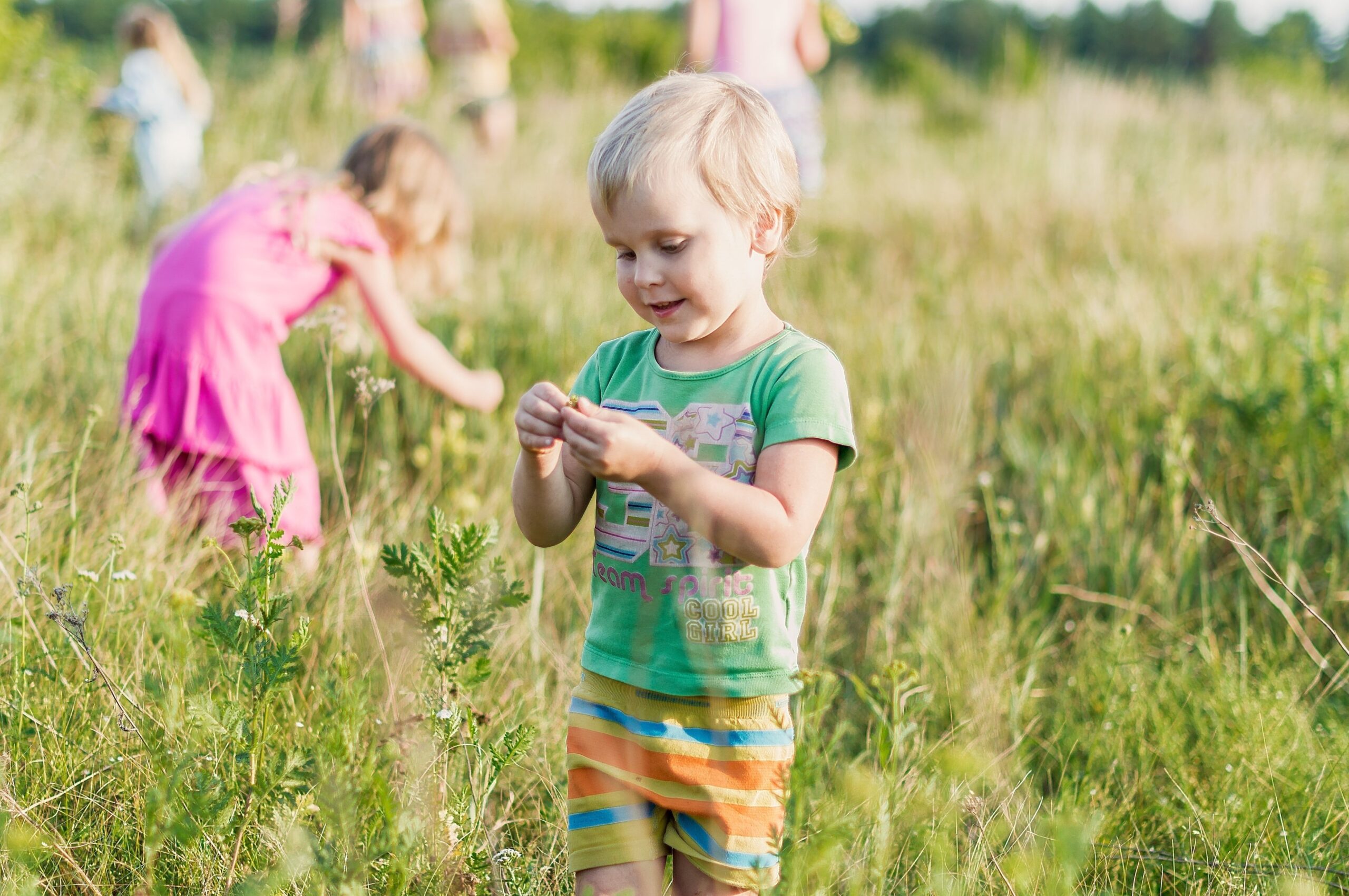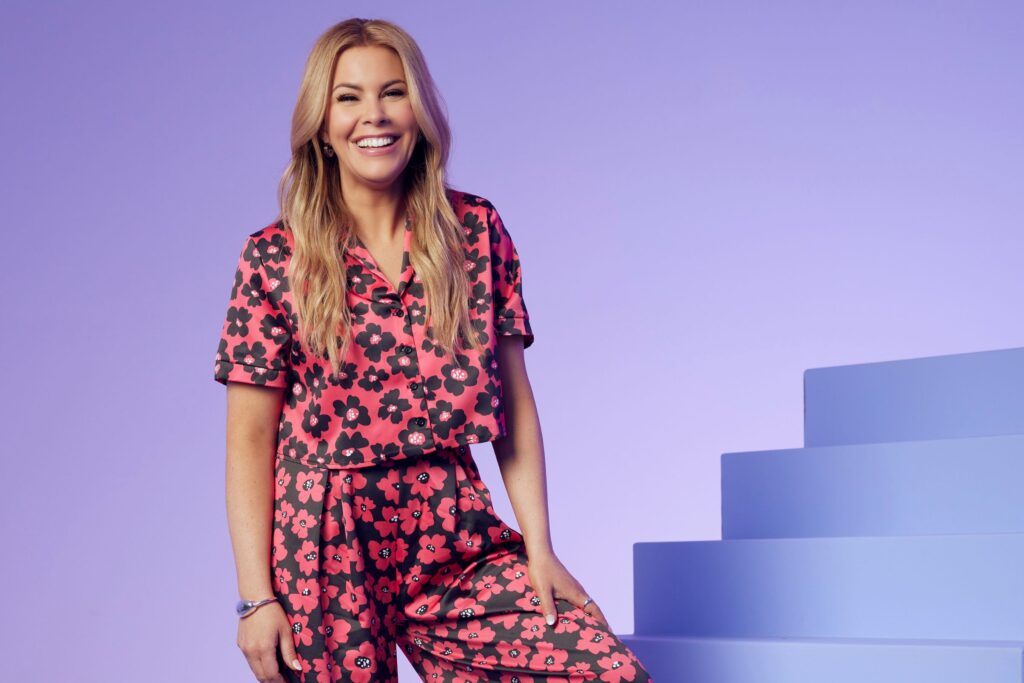The 1950s have been referred to as the “Golden Age” in America. Taxes were high, but the economy was strong as was our military. Eisenhower was our President, and folks sported “I Like Ike” lapel pins. But as a child, I was oblivious to it all. I was too busy growing up.
My family moved to a sleepy little town in southern Minnesota when I was six. A population of about 700 farmers and “townies,” primarily Swedes and Norwegians, called this slice of lush green landscape their home. We settled into an old Victorian clapboard “lady” purchased for a whopping $4000 in 1953. Ancient elms bowed low along our street, fragrant lilac bushes graced the front porch, and purple morning glories raced up the telephone pole by the narrow alley that separated us from the schoolyard. Our houses weren’t numbered, and our streets weren’t named. Mail, labeled with only our name and our town, was retrieved at the local post office.
Because it was so big and right near the school, our yard was everyone’s favorite playground. In the summer the neighborhood boys set up residence in a treehouse in the towering old pine where they hid their collections of Superman, Batman, and Captain Marvel comic books from their parents. We girls “played house” in a sheet tent set up over the clothesline. We ran through sprinklers, played kitten-ball and croquet, swirled our hula hoops, and tossed frisbees. And a few of my lucky friends whipped through the neighborhood on their newly popular Schwinn bicycles. In the winter we built snowmen and igloos, and we ice-skated long into the evening. In the summer we’d spend hours at the school playground, catching tadpoles at the creek, and capturing fireflies in jars at night. We were always outside—day and night, rain, shine, or snow.
When we did come inside, we rarely used the heavy front door that led to a cold, imposing front foyer, the perfect spot in the heat of the summer for an uninterrupted game of jacks, Candyland, or Chutes and Ladders. The only folks who used that door were the milkman, the women of the Ladies Aid when mom hosted, the doctor who made house calls, or our minister paying us his yearly visit.
The foyer led to the living room, the home’s original dining room. Our black and white TV with only one channel sat in the corner. But the acquisition of that appliance was a huge event! I rarely missed “The Mickey Mouse Club,” and “Tom and Jerry” and “Bugs Bunny” cartoons were my little brother’s favorites. At suppertime we patiently waited as Walter Cronkite reported the evening news—news of Rosa Parks, Martin Luther King Jr., the Korean War, or the Soviet’s Sputnik blasting into outer space would only interest us years later. My favorites shows were “American Bandstand” and “Hit Parade,” a treat on Saturday night once I finished my Sunday School lesson. My parents, however, drew the line when Elvis appeared on the Ed Sullivan show, pronouncing his classic moves in “Jailhouse Rock” as “inappropriate.” My mother seldom missed “I Love Lucy” and “Father Knows Best,” and my dad seldom missed “The $64,000 Question.”
My sister and I shared a tiny bedroom, home to our Nancy Drew Mystery collection and our Betsy McCall paper dolls that we clipped from mom’s monthly magazine. The Everly Brothers’ “Bye Bye Love” and Ricky Nelson’s “Poor Little Fool” provided music on our little ’45 record player.
My brother’s bedroom was the home’s original pantry, a space just large enough for his bed, which was next to a door that led to a cold dark basement with an earthen floor. (My poor little brother … I knew that whatever ascended the old wood stairs at night would get him first!)
The kitchen was the hub of activity year round for us and our friends. After spending hours at the playground or the ice rink, we’d all tromp into that big warm kitchen for Spam sandwiches and hot cocoa. A cast iron radiator warmed our soggy mittens and earmuffs while keeping my shoebox of baby kittens warm. An old wooden wall phone hung in the corner. We were on a “party line” with one or more neighbors which allowed anyone to listen in on our conversations!
A spacious bathroom, once the “scullery,” was big enough for a sink, a commode, a “bathtub built for two,” an ironing board, and a washing machine. There were no clothes dryers, so laundry was hung outside. No one believed Robert Frost’s “Fences make good neighbors,” so no barriers separated our wide grassy yards. Housewives chatted while hanging the laundry. Kids chased balls through neighbors’ yards. Dogs roamed freely, and backyard BBQs were “come one, come all.”
Everyone knew pretty much everyone else in town, and neighbors helped raise each other’s children. We got away with little as the self-proclaimed “neighborhood watch” was ever vigilant. This was fine with us as we could always count on a warm cookie and a glass of milk wherever we went. Any neighborhood in town was “our oyster.” We never worried about crime, abductions, or getting lost. Our parents never thought to accompany us as we meandered down our dark streets on Halloween collecting homemade cookies and popcorn balls all over town.
Holidays were also exciting community affairs. Memorial Day and the Fourth of July would find most everyone in town grilling hotdogs and roasting marshmallows at Sportsman’s Park. Church suppers were popular at Thanksgiving, and carolers strolled through dark snowy streets at Christmas.
Even if their children weren’t involved, most adults attended school concerts, plays, ceremonies, and ball games. In the fall, hay wagons were offered up so each class could construct a float for the homecoming parade. And the entire town gathered for the traditional bonfire where we would lead cheers, crown the king and queen, and burn our opponent in effigy. That event, like so many others, created an atmosphere of support, of inclusion, and of joy.
All the businesses in our town were located on one main street. We kids hung out at the drug store, perched on wiggly red plastic stools, sipping cherry sodas through red licorice sticks. Our little movie theater was occasionally open showing hits like “Singing in the Rain,” “Peter Pan,” and “Rebel Without a Cause.” A small popcorn stand next door offered up a hot buttered treat on the way home from the indoor roller rink where we spent our Friday nights roller skating or attending sock hops, showing off our new poodle skirts and dancing the twist and the mashed potato. “Cruising” was the favorite pastime for the teenagers … up and down the main street for hours, often ending up at the drive-in movie or chatting with the car-hops at the A&W root beer stand.
Over the years, I’ve returned to my “roots,” and I realize how time marches on. My house, which I remember as quite imposing, looked rather forlorn. Its front porch sagged, and weeds grew where lilac bushes once flourished. Streets are now named, and a street light hangs over Main Street. The school playground was empty except for a few children playing under the watchful eye of a parent. Yards were separated by fences, and few people were about.
Thomas Wolfe said, “You can’t go home again.” Perhaps I should have heeded his advice. But I know that years can’t erase my precious past. And now it’s my turn to create memories for my own grandchildren so that when they look back on their childhoods, their memories will be as happy as mine.
Karen Brazas is a retired high school English teacher and creative writing instructor who taught in California, China, and Lithuania. She worked and studied in 35 countries with the Semester at Sea program. Karen is a wife, mother, and grandmother, and now lives in Nevada City, California, and Channel Islands, California.













